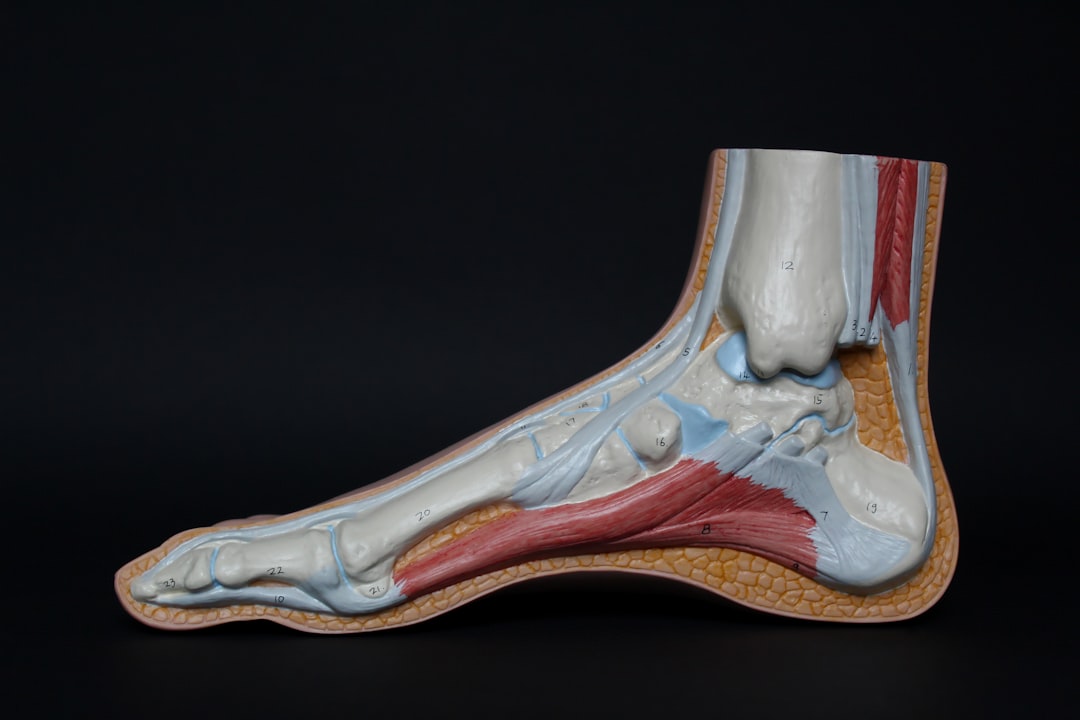What is it about?
At the inner surface of all blood vessels there is a thin layer called endothelial surface glycocalyx (ESG), which consists of proteoglycans and glycosaminoglycans (GAGs). The ESG plays a very important role in vascular functions including maintaining normal permeability of the blood vessel, sensing the blood flow and preventing the interaction between the circulating cells with the endothelial cells forming the blood vessel wall. To perform these multi-functions, the ESG should have an organized structural at the nano meter level. Using the recently developed super resolution optical microscope, STORM, we revealed for the first time the ultrastructure of ESG at the surface of brain microvascular endothelial cells.
Featured Image

Photo by Sebastian Muller on Unsplash
Why is it important?
Due to the disadvantages of previous techniques, low spatial resolution of the confocal microscopy and disrupted structure by electron microscopy, the spatial-chemical ultrastructure of ESG has not been revealed until now. We have found that one component of ESG, HS, has a length of ~600 nm, which is perpendicular to the cell membrane, while another component, HA, is a long chain molecule waving into a network at the surface of the cell membrane. For this organization, HS should play a major role in sensing the blood flow by the endothelial cells while HA play a major role in forming molecular sieve maintaining vessel permeability, both HS and HA play a role in preventing the interaction between the circulating cells and the vessel wall.
Perspectives
We hope that the nano meter ultrastructure of the ESG revealed by the super high resolution optical microscope is interesting to researchers in endothelial mechanosensing, permeability regulation, adhesion and transmigration of leukocytes and tumor cells in the microcirculation.
Bingmei Fu
The City College of the City University of New York
Read the Original
This page is a summary of: Endothelial surface glycocalyx (ESG) components and ultra-structure revealed by stochastic optical reconstruction microscopy (STORM), Biorheology, November 2019, IOS Press,
DOI: 10.3233/bir-180204.
You can read the full text:
Contributors
The following have contributed to this page










